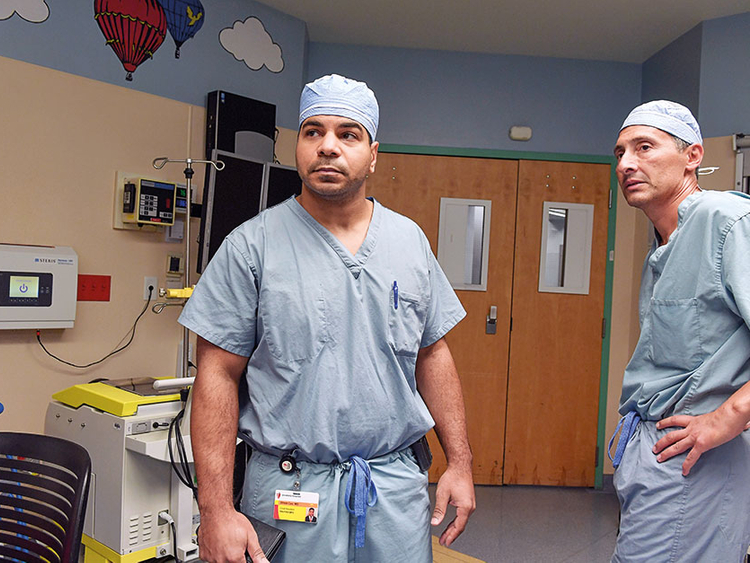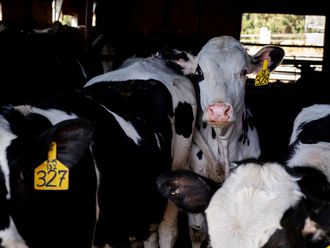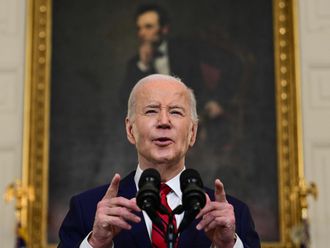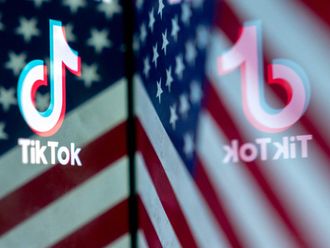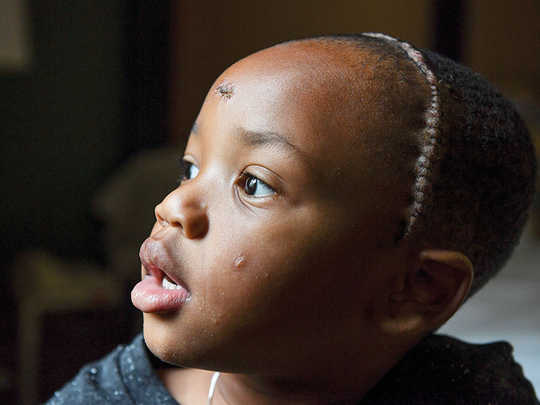
CLEVELAND: The bullet exploded from the gun’s barrel, spiralling through cool night air toward a grey sport utility vehicle’s (SUV’s) back passenger-side window. Carter “Quis” Hill was perched in his car seat on the other side of the glass, and as it shattered all around him, the round burrowed into his head, an inch above the right temple. From the boy’s hand slipped a bright-red plastic Spider-Man mask he’d gotten for his fourth birthday, nine days earlier.
A white Pontiac blew past, disappearing into the distance. Carter’s mother, Cecelia Hill, knew it was the same car that had been chasing them for 4.8 kilometres before someone inside fired eight shots at her 2004 Volkswagen in what police would call an extraordinary act of road rage.
Now she shoved her foot against the brake, squealing to a stop in the middle of Interstate 90. In the back seat, her son and daughter snapped forward against their taut seat belts. Carter’s seven-year-old sister, Dahalia Bohles, looked over at him. Shards of glass speckled her dark hair, but she didn’t notice them at first.
“Mommy, Quis got blood on his head,” the second-grader said, then she reached over and began to wipe it away.
“Stop!” Hill screamed, turning to check on her son, who, just before midnight on August 6, had become one of the nearly two dozen children shot — intentionally, accidentally or randomly — every day in the US.
‘Don’t let my son die’
What follows almost all of those incidents are frantic efforts to save the lives of kids wounded in homes and schools, on street corners and playgrounds, at movie theatres and shopping centers.
For Carter, his mother feared it might already be too late. The bullet had driven through her boy’s skull and emerged from a hole in the centre of his forehead. Blood trickled down over his eyes, along his nose, into his mouth.
“Mummy, Mummy,” he’d been shouting minutes earlier, as Hill had fled from the shooter, but now her irrepressible 16kg preschooler, with his plum cheeks, button nose and deeply curious brown eyes, was silent. He stared at her.
She faced forward and punched the gas, pushing the speedometer past 160km/h. Hill veered off an exit, stopped and leapt out of the car. She rushed to the other side and unbuckled her son, then wrapped him in both arms and collapsed to her knees.
“Help,” he heard her yell into the night, over and over, until a passing driver pulled up and called 911.
“Please don’t let my son die,” prayed Hill, a 27-year-old housekeeper at a medical clinic who had raised her kids mostly alone. She squeezed Carter against her chest.
“Is my baby going to be all right?” she asked the paramedics in the ambulance as it sped to the hospital, but they didn’t answer.
Carter was among the last children shot that day, a 24-hour stretch of gun violence that, according to police reports, left girls and boys from one coast to the other maimed or dead.
What led to his shooting, Hill said, began earlier that night. She was leaving her mother’s apartment complex with Carter and Dahalia when they came upon the white Pontiac blocking the road. She honked and waited, until finally the car backed out of the way. It followed her onto the interstate. Then came the gunfire. On average, 23 children were shot each day in the US in 2015, according to a Washington Post review of the most recent data from the Centers for Disease Control and Prevention and the US Consumer Product Safety Commission. That’s at least one bullet striking a growing body every 63 minutes.
In total, an estimated 8,400 children were hit, and more died — 1,458 — than in any year since at least 2010. That death toll exceeds the entire number of US military fatalities in Afghanistan this decade.
Many incidents, though, never become public because they happen in small towns or the injuries aren’t deemed newsworthy or the triggers are pulled by teens committing suicide.
Caring for children wounded by gunfire comes with a substantial price tag. Ted Miller, an economist who has studied the topic for nearly 30 years, estimated that the medical and mental health costs for just the 2015 victims will exceed $290 million (Dh1 billion).
Jarring numbers
None of those figures feels abstract to Denise Dowd. The emergency room doctor at Children’s Mercy Hospital in Missouri has treated at least 500 paediatric gunshot victims in a four-decade medical career that began as a nurse in Detroit. She’s written extensively for the American Academy of Peadiatrics and several national medical journals, both about how to prevent children from falling victim to gun violence and, when they do, how it affects them, emotionally and physically.
Dowd can rattle off number after number to illustrate the country’s crisis, but few are more jarring than a study of 2010 World Health Organisation data published in the American Journal of Medicine last year: Among high-income nations, 91 per cent of children younger than 15 who were killed by gunfire lived in the US.
What she has seldom seen, though, are children who live through rounds to the head.
When the paediatric trauma bay’s door slid open, Carter, at 99cm, looked tiny atop the adult-size gurney, appearing smaller still as he was wheeled into the swarm of adults and bright lights and blinking machines towering over him.
Eyes panicked and neck braced with a miniature cervical collar, he screamed through the oxygen mask strapped to his mouth, but the nurses and doctors at UH Rainbow Babies and Children’s Hospital later said they took that as a good sign: His airway remained intact.
Still, his odds seemed grim. According to the American Association of Neurological Surgeons, just one in 10 people who sustain a gunshot wound to the head survive it. Carter was taken up the elevator to the second floor, where Cox saw him for the first time. Bits of brain, the doctor remembered, were visible along the side of the boy’s head.
By 3.05am, Carter’s incision was sewn shut. He would live.
—Washington Post


